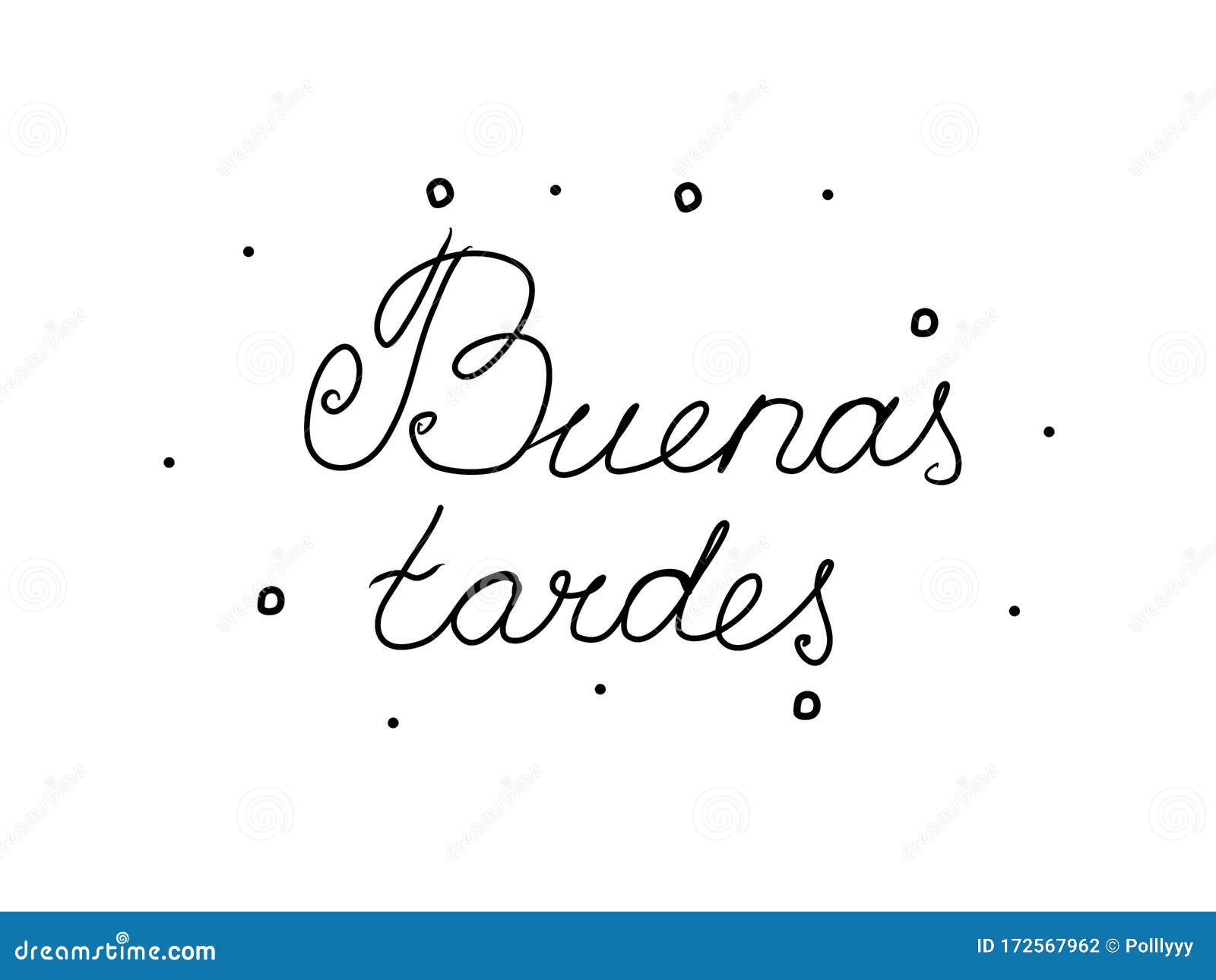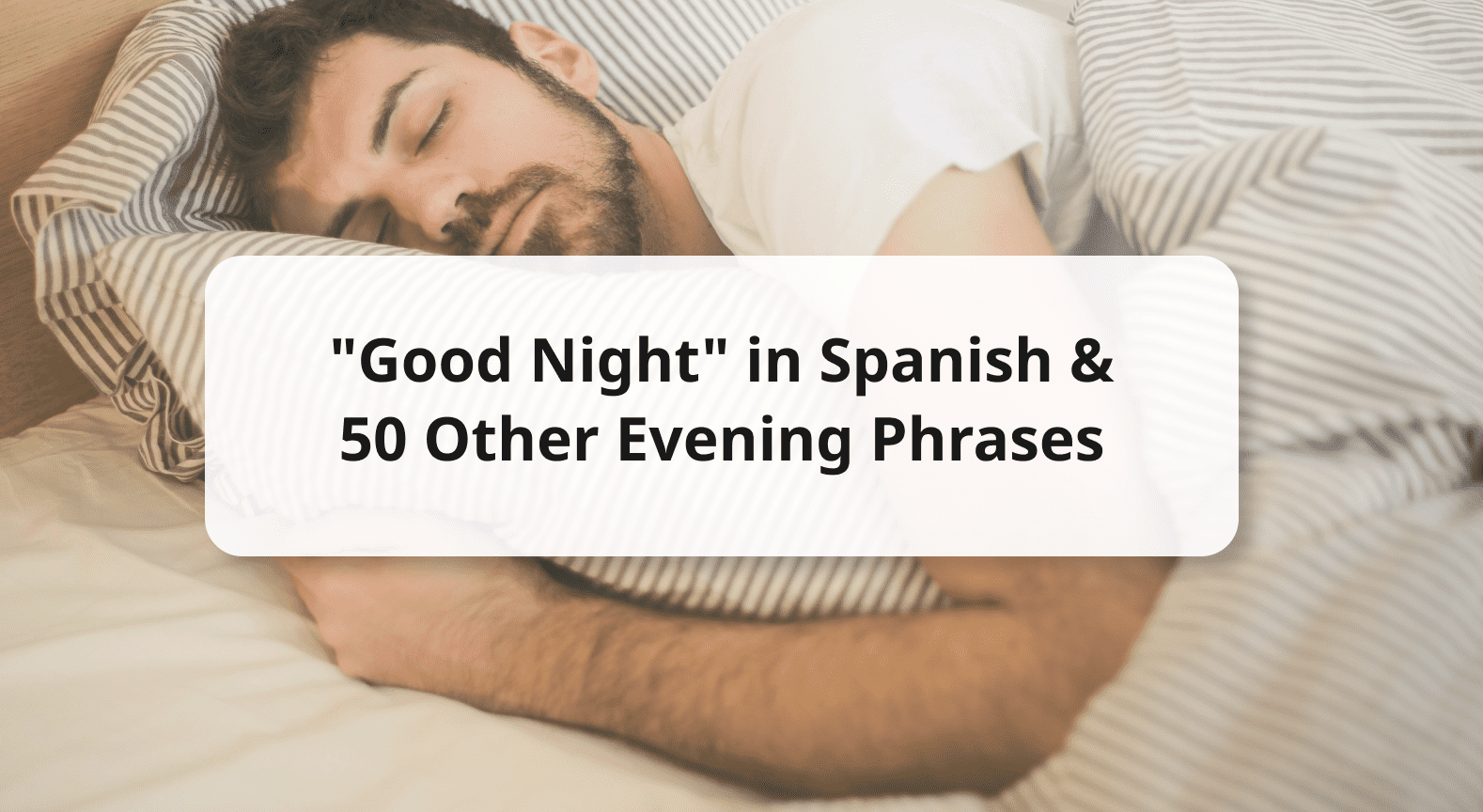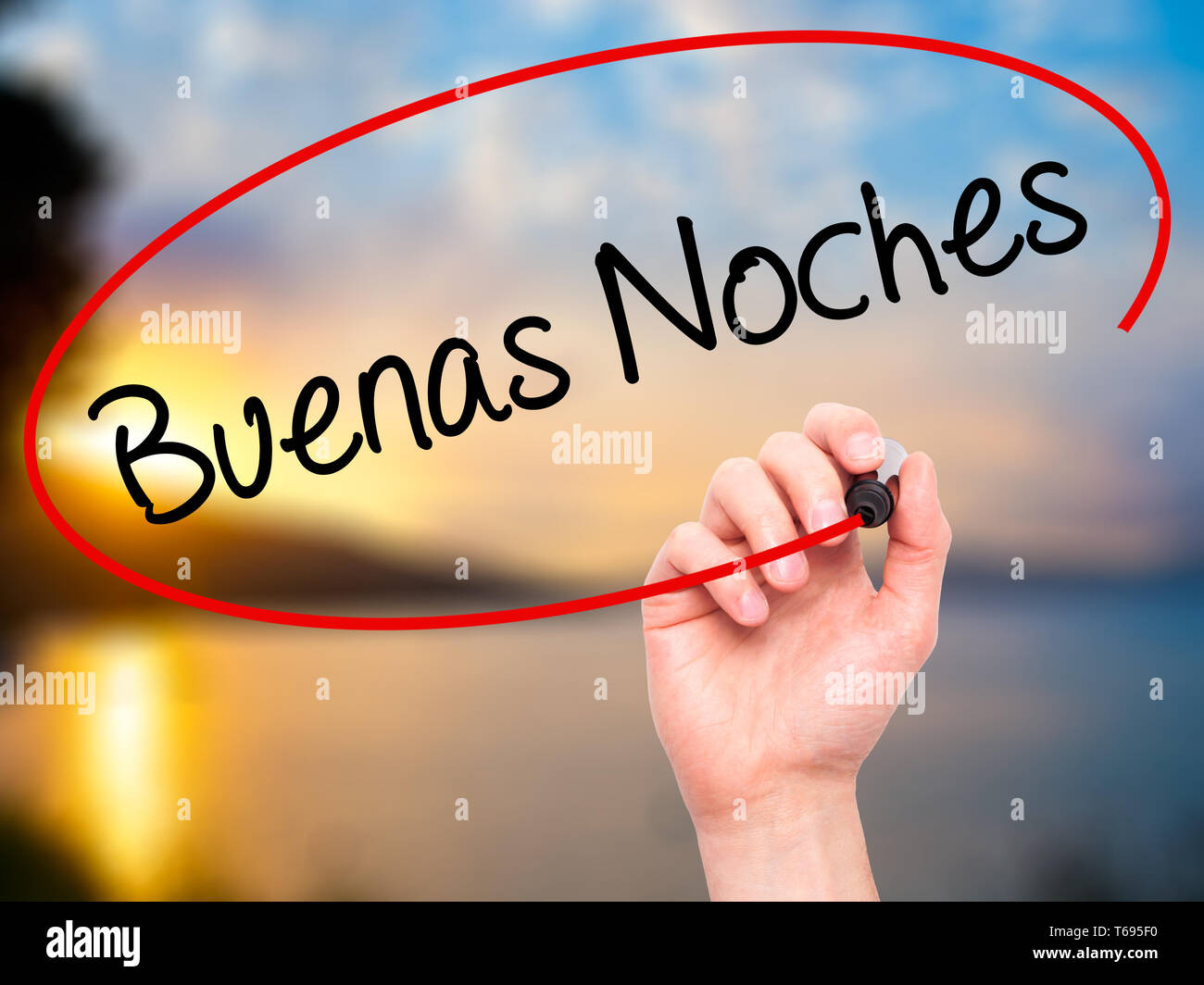When you are learning a new language, especially Spanish, one of the first things people often want to pick up is how to greet others at different times of the day. It's a rather common question, and getting it right can make a significant difference in how you connect with people. What might seem like a simple phrase, "good evening," actually holds a little more nuance in Spanish than you might first imagine, and it's quite interesting to see how it works.
You see, what we call "good evening" in English doesn't always have one direct, single translation in Spanish. It actually depends on the specific time of day you are speaking, which makes a lot of sense if you think about it. There are a couple of phrases that people use, and knowing which one fits the moment can help you sound more like a native speaker. It is, in a way, about understanding the rhythm of daily life in Spanish-speaking places.
This little guide will help you sort out these greetings, making it easier to chat with Spanish speakers as the day winds down. We will look at when to use each phrase, and you will see how these greetings are used in real conversations. It's really about getting a feel for the language and its natural flow, so you can communicate with a bit more confidence as the day progresses into the later hours.
Table of Contents
- Getting Started with Good Evening in Spanish
- When Do You Use "Buenas Tardes" for Good Evening in Spanish?
- The Evening Shift - "Buenas Noches" for Good Evening in Spanish
- Is "Buenas Noches" Always a Farewell for Good Evening in Spanish?
- How to Say "Have a Good Evening" in Spanish?
- How Do You Greet a "Beautiful Lady" in Spanish During the Evening?
- A Quick Look at Spanish Greetings for Good Evening in Spanish
Getting Started with Good Evening in Spanish
When you want to say "good evening" in Spanish, you have a couple of options, and the choice depends on the specific time of day. It is not just one phrase that fits every situation. This might seem a little confusing at first, but it is actually quite logical once you get the hang of it. We are talking about `buenas tardes` and `buenas noches`, and they each have their own moment to shine. Knowing which one to pick shows a bit of thoughtfulness in your language use, and people will notice that, you know?
Think of it like this: in English, we might say "good afternoon" or "good evening," and there is a sort of invisible line where one switches to the other. Spanish has a similar idea, but it is perhaps a bit more defined for these particular greetings. The distinction helps to mark the passage of the day, moving from the afternoon light into the deeper hours of the evening. It is, in some respects, a way the language reflects the natural progression of time.
Learning these basic greetings is a really important step for anyone just starting out with Spanish. They are phrases you will use constantly, whether you are talking to someone in person, on the phone, or even in a written message. They are the building blocks of daily conversation, and getting them right makes all your other interactions feel a bit more natural. You will find that people appreciate the effort, and it tends to make conversations flow more easily.
When Do You Use "Buenas Tardes" for Good Evening in Spanish?
So, let's talk about `buenas tardes`. This phrase is used for "good afternoon," but it also covers a part of what we consider "good evening" in English. It is typically used from around noon until the sun really starts to set, or until it gets quite dark. This means that if you are greeting someone in the late afternoon, say, around 5 or 6 PM, `buenas tardes` is often the phrase you want to use. It is almost like saying "good afternoon" and "early evening" all wrapped into one, you know?
The exact cutoff point can vary a little bit depending on the region and the time of year, but generally, as long as there is still some daylight, or if it is just starting to get dim, `buenas tardes` is a safe bet. It is a very common greeting for those hours when the day is winding down but has not yet fully transitioned into nighttime. People use it quite often when leaving work, or when meeting someone for a late afternoon coffee, for example. It is a very versatile phrase for that specific part of the day.
You might hear this greeting in a shop, on the street, or when you are meeting friends for a social gathering that starts before dinner. It conveys a sense of politeness and acknowledges the time of day in a very customary way. It is a fundamental part of everyday conversation, and getting comfortable with it will help you feel much more at ease when speaking Spanish during those afternoon and early evening hours. It is, basically, the go-to phrase for that stretch of time.
The Evening Shift - "Buenas Noches" for Good Evening in Spanish
Now, let's move on to `buenas noches`. This phrase is used when it is truly evening, or when it has become dark outside. It is what you would use when you are greeting someone later in the evening, after the sun has gone down and the streetlights are on. This is where `buenas noches` takes over from `buenas tardes` for the "good evening" part. It is really about the actual darkness setting in, more or less.
For example, if you are meeting someone for dinner at 8 PM, or if you are saying hello to a neighbor when you get home after dark, `buenas noches` is the appropriate greeting. It covers the entire nighttime period, from when it gets dark until the early morning hours. So, if you are out and about after sunset, this is the phrase you will want to use to greet people. It is pretty straightforward once you think about it in terms of light and darkness.
This phrase is incredibly important because it also serves another purpose, which we will talk about a little more. But for now, just remember that once the light fades and the stars begin to show, `buenas noches` is your primary greeting for "good evening." It is a phrase that signals the end of the day's light and the beginning of the night, and it is used consistently across Spanish-speaking regions. It really is a key part of evening communication.
Is "Buenas Noches" Always a Farewell for Good Evening in Spanish?
This is a point that often trips up people who are learning Spanish, especially those whose first language is English. In English, when we say "good night," it almost always means we are leaving or going to bed. It is a farewell, right? But in Spanish, `buenas noches` is used for both a greeting and a farewell. This is a very important distinction to keep in mind, and it is actually quite convenient once you get used to it, you know?
So, you can walk into a restaurant at 9 PM and say `buenas noches` to the host as a greeting. And then, when you leave that same restaurant later, you can say `buenas noches` again as you say goodbye. It serves both purposes, which means you do not have to learn a separate phrase for saying goodbye in the evening. This makes `buenas noches` a very versatile and commonly used expression after dark. It is, basically, a two-in-one phrase.
This dual function of `buenas noches` is something that new learners are often told about quite early on. Even though it literally translates to "good night," its usage extends to cover "good evening" as a greeting. So, do not be surprised when you hear it used when someone is just arriving somewhere, rather than just when they are leaving. It is a typical feature of the language, and it just takes a little getting used to. It is, in some respects, a neat linguistic shortcut.
How to Say "Have a Good Evening" in Spanish?
When you want to wish someone a pleasant evening as they are leaving, or as you are parting ways, there are a few ways to say "have a good evening" in Spanish. It is not just a single phrase, which gives you a bit of flexibility in how you express this kind wish. These phrases often build on the greetings we have already talked about, which makes them a bit easier to remember. You will find that people use these sorts of phrases quite often, as a matter of fact.
One very common way to express this is to say `que tengas buenas noches` or `que tenga buenas noches` if you are speaking to someone formally. This literally means "that you have good nights," but it carries the meaning of "have a good evening" or "have a good night." It is a polite and widely understood way to wish someone well for the rest of their evening. It is, basically, a very thoughtful way to end a conversation.
Another option, especially if you are still in the `buenas tardes` timeframe, could be `que tengas buenas tardes`. This would be used if you are saying goodbye in the late afternoon or early evening, before it gets completely dark. The choice between `buenas tardes` and `buenas noches` still applies here, just as it does for the initial greeting. It is all about timing, and you will get a feel for it with a little practice. It is really quite simple once you understand the pattern.
You might also hear simpler expressions like `hasta luego` (until later) or `nos vemos` (we will see each other) combined with a `buenas noches` if the context is right. The idea is to convey a friendly parting wish, and Spanish offers several ways to do this, depending on the situation and your relationship with the person. There are, apparently, many ways to say this, and each has its own subtle feel.
How Do You Greet a "Beautiful Lady" in Spanish During the Evening?
Sometimes, you might want to add a little something extra to your greeting, perhaps to show a bit of charm or respect, especially when speaking to a woman. If you want to say "good evening, beautiful lady" in Spanish, there are ways to do this that sound natural and polite. It is about combining the appropriate evening greeting with a respectful and pleasant compliment. This is, you know, a common way to express admiration in a polite way.
A straightforward way to say this would be `buenas noches, hermosa dama` or `buenas noches, bella dama`. Both `hermosa` and `bella` mean "beautiful," and `dama` means "lady." So, you are essentially putting together the evening greeting with the compliment. This is a very direct and understandable way to convey your message. It is a phrase that is quite often used in a respectful and admiring context.
You could also use `buenas noches, señorita hermosa` if the person is younger, or `buenas noches, señora hermosa` if she is older or married. The terms `señorita` (miss) and `señora` (madam/mrs.) add another layer of politeness and respect, which is generally appreciated. It is all about choosing the right words for the situation, and these options give you a bit of flexibility. It is, basically, a way to show a little extra courtesy.
Remember that the context and your relationship with the person are important here. While these phrases are generally polite, they are best used in situations where such a compliment would be welcomed and appropriate. It is always a good idea to observe how native speakers interact and adapt your own language use accordingly. It is, in a way, about understanding the social customs that go along with the words.
A Quick Look at Spanish Greetings for Good Evening in Spanish
To put it simply, Spanish greetings for the evening are all about timing and a bit of cultural understanding. You have `buenas tardes` for the afternoon and early evening, when there is still light, and `buenas noches` for the later evening and nighttime, once it is dark. These two phrases are the cornerstones of saying "good evening" in Spanish, and getting them right makes a real difference in how you are perceived. It is really quite important to grasp these distinctions.
These greetings, along with `buenos días` (good morning), form the most basic ways to greet someone in Spanish. They are phrases you will hear and use constantly, and they are among the first things many people learn when they start speaking the language. They are, in some respects, the very foundation of daily communication. It is almost like learning the alphabet; you need these to build anything else.
Even though `buenas noches` literally translates to "good night," it is used as both a greeting and a farewell in Spanish, which is a key point to remember. This flexibility makes it a very useful phrase once the sun goes down. So, whether you are just starting to learn Spanish or just want to brush up on your greetings, understanding these nuances will help you communicate with a bit more ease and confidence. It is, basically, about making your words fit the moment.


